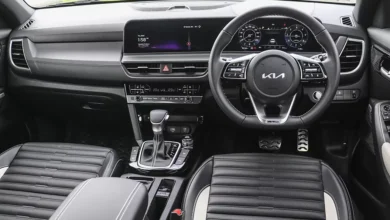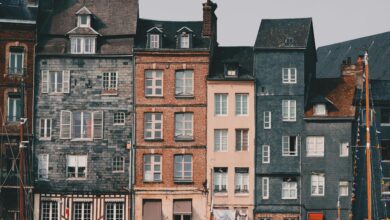
Smoke curtains are recognized as major components of fire safety strategies. This is true especially for UK – where they are deployed in different building settings to manage smoke during a fire breakout.
These are flexible barriers that protect lives and reduce property damage. They control the spread of smoke, for safe exits and provide support to firefighting efforts.
Materials and Construction of Smoke Curtains
Smoke curtains are made from strong materials that can handle harsh conditions. Usually, they are made of fiberglass fabric that is reinforced with wire made of stainless steel. It can withstand high temperatures and smoke because it has a fire-resistant coating on it.
According to the British Standard BS EN 12101-1, this makes the curtains able to withstand temperatures of up to 600°C (1112°F) for at least 30 minutes. This standard lists the performance requirements for smoke curtains, such as how well they work, how fast they fall, how reliable they are, and how much heat they can handle.
Diverse Applications of Smoke Curtains
Smoke curtains have a wide range of applications across various sectors:
Open-plan Offices and Commercial Spaces
Modern buildings tend to have open floor plans, but smoke curtains help divide up big areas so smoke does not spread quickly, making it safer to get out of your building.
Shopping Malls and Retail Centers
To keep smoke out of open atriums and walkways in these busy areas, smoke curtains are necessary. They direct people to known exits.
Hospitals and Healthcare Facilities
Here smoke curtains are needed because they separate areas affected by the fire from parts of the building that are still functional. This keeps medical tasks running smoothly and keeps patients safe.
Transportation Hubs
Smoke curtains help keep smoke in large, open areas in airports and train stations so it does not mess up central operations or spread to populated areas.
Atria and Lobbies
When there are open areas on more than one floor, like lobbies or atria, smoke curtains block smoke from rising to the upper floors. This makes the exits of the building much safer.
Care must be taken when installing and maintaining smoke curtains to make sure they work well in an emergency:
System Integration: Smoke curtains must be added with the building’s fire detection and control systems to deploy automatically during a fire. This needs a synchronized operation of multiple fire safety systems.
Clearance and Obstructions: Smoke curtains need clear paths for their deployment. Any obstruction by furniture or equipment can hinder their functionality and use.
Regular Testing: Smoke curtains need regular checks for reliability and must be regularly inspected. Recommendations suggest weekly tests for curtains on escape routes and monthly tests for other installations.
Fire Safety Compliance and Best Practices
UK fire safety laws, like the Regulatory Reform (Fire Safety) Order 2005 and Building Regulations, say that buildings must follow certain rules when they use smoke curtains as part of their fire safety plan.
Standards like BS 8524-1 and BS EN 12101-1 must be followed to make sure the installation meets all safety and legal requirements.
Creating a good system for separating areas inside the building is very important. To effectively keep fire and smoke inside, smoke curtains should be used with other fire-resistant barriers.
Also, it is important to include smoke curtains in the building’s evacuation plan and teach people what they are for. Signs and emergency lighting should help people find their way to safe exits.
Parting Thoughts
Modern fire safety can’t work without smoke curtains, which effectively control smoke to protect people and property.
Consulting with specialists like the A1S Group can set you up with personalized advice and solutions for adding smoke curtains usefully into your fire safety plans.




